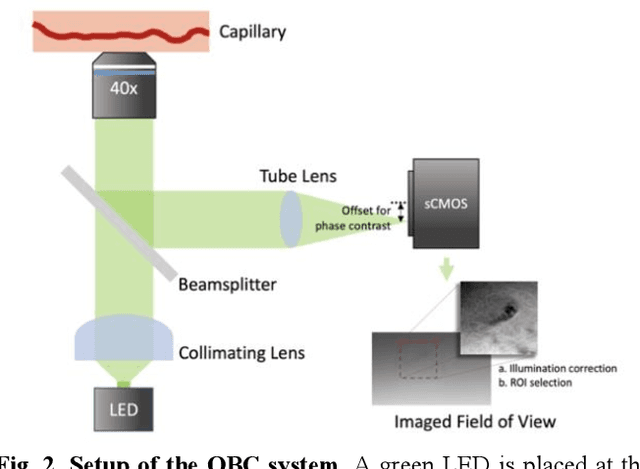Luojie Huang
Robust Landmark-based Stent Tracking in X-ray Fluoroscopy
Jul 22, 2022



Abstract:In clinical procedures of angioplasty (i.e., open clogged coronary arteries), devices such as balloons and stents need to be placed and expanded in arteries under the guidance of X-ray fluoroscopy. Due to the limitation of X-ray dose, the resulting images are often noisy. To check the correct placement of these devices, typically multiple motion-compensated frames are averaged to enhance the view. Therefore, device tracking is a necessary procedure for this purpose. Even though angioplasty devices are designed to have radiopaque markers for the ease of tracking, current methods struggle to deliver satisfactory results due to the small marker size and complex scenes in angioplasty. In this paper, we propose an end-to-end deep learning framework for single stent tracking, which consists of three hierarchical modules: U-Net based landmark detection, ResNet based stent proposal and feature extraction, and graph convolutional neural network (GCN) based stent tracking that temporally aggregates both spatial information and appearance features. The experiments show that our method performs significantly better in detection compared with the state-of-the-art point-based tracking models. In addition, its fast inference speed satisfies clinical requirements.
A Deep Learning Bidirectional Temporal Tracking Algorithm for Automated Blood Cell Counting from Non-invasive Capillaroscopy Videos
Dec 09, 2020



Abstract:Oblique back-illumination capillaroscopy has recently been introduced as a method for high-quality, non-invasive blood cell imaging in human capillaries. To make this technique practical for clinical blood cell counting, solutions for automatic processing of acquired videos are needed. Here, we take the first step towards this goal, by introducing a deep learning multi-cell tracking model, named CycleTrack, which achieves accurate blood cell counting from capillaroscopic videos. CycleTrack combines two simple online tracking models, SORT and CenterTrack, and is tailored to features of capillary blood cell flow. Blood cells are tracked by displacement vectors in two opposing temporal directions (forward- and backward-tracking) between consecutive frames. This approach yields accurate tracking despite rapidly moving and deforming blood cells. The proposed model outperforms other baseline trackers, achieving 65.57% Multiple Object Tracking Accuracy and 73.95% ID F1 score on test videos. Compared to manual blood cell counting, CycleTrack achieves 96.58 $\pm$ 2.43% cell counting accuracy among 8 test videos with 1000 frames each compared to 93.45% and 77.02% accuracy for independent CenterTrack and SORT almost without additional time expense. It takes 800s to track and count approximately 8000 blood cells from 9,600 frames captured in a typical one-minute video. Moreover, the blood cell velocity measured by CycleTrack demonstrates a consistent, pulsatile pattern within the physiological range of heart rate. Lastly, we discuss future improvements for the CycleTrack framework, which would enable clinical translation of the oblique back-illumination microscope towards a real-time and non-invasive point-of-care blood cell counting and analyzing technology.
 Add to Chrome
Add to Chrome Add to Firefox
Add to Firefox Add to Edge
Add to Edge